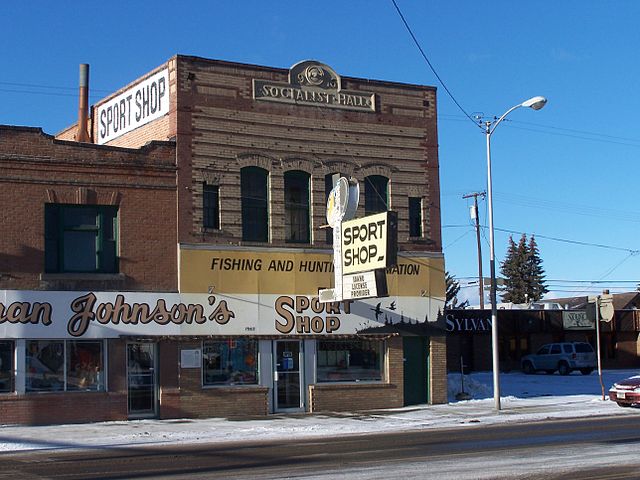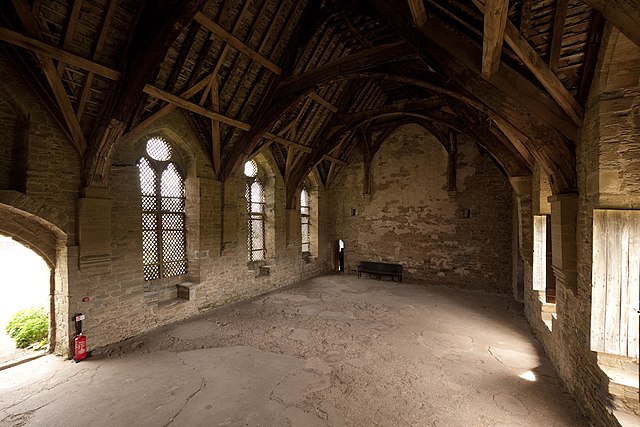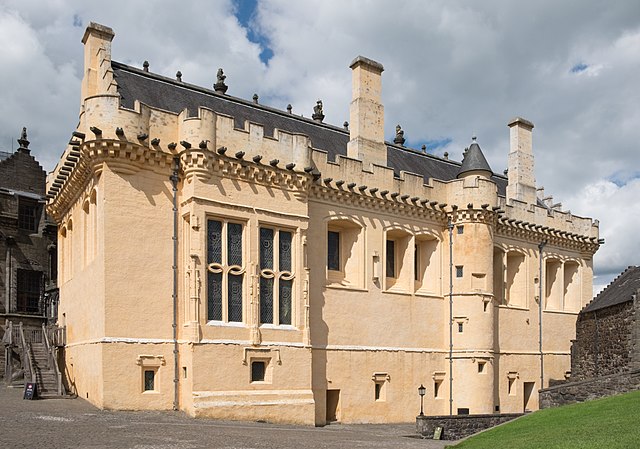In architecture, a hall is a relatively large space enclosed by a roof and walls. In the Iron Age and early Middle Ages in northern Europe, a mead hall was where a lord and his retainers ate and also slept. Later in the Middle Ages, the great hall was the largest room in castles and large houses, and where the servants usually slept. As more complex house plans developed, the hall remained a large room for dancing and large feasts, often still with servants sleeping there. It was usually immediately inside the main door. In modern British houses, an entrance hall next to the front door remains an indispensable feature, even if it is essentially merely a corridor.
Prayer hall of the Great Mosque of Kairouan, in Kairouan, Tunisia
Founders Hall at Haverford College in Pennsylvania
Socialist Hall, a former meeting hall in Butte, Montana
Firehall (London, Ontario) in 1923
A great hall is the main room of a royal palace, castle or a large manor house or hall house in the Middle Ages, and continued to be built in the country houses of the 16th and early 17th centuries, although by then the family used the great chamber for eating and relaxing. At that time the word "great" simply meant big and had not acquired its modern connotations of excellence. In the medieval period, the room would simply have been referred to as the "hall" unless the building also had a secondary hall, but the term "great hall" has been predominant for surviving rooms of this type for several centuries, to distinguish them from the different type of hall found in post-medieval houses. Great halls were found especially in France, England and Scotland, but similar rooms were also found in some other European countries.
The Great Hall in Barley Hall, York, restored to replicate its appearance in around 1483
Great Hall at Stokesay Castle
Plan of Horham Hall, including a screens passage, leading from the entrance porch; a dais; a bay window. The main staircase is at the dais end, and the hall was the full height of the two-storey house
The Great Hall at Stirling Castle built for James IV. The larger windows lit the high table








